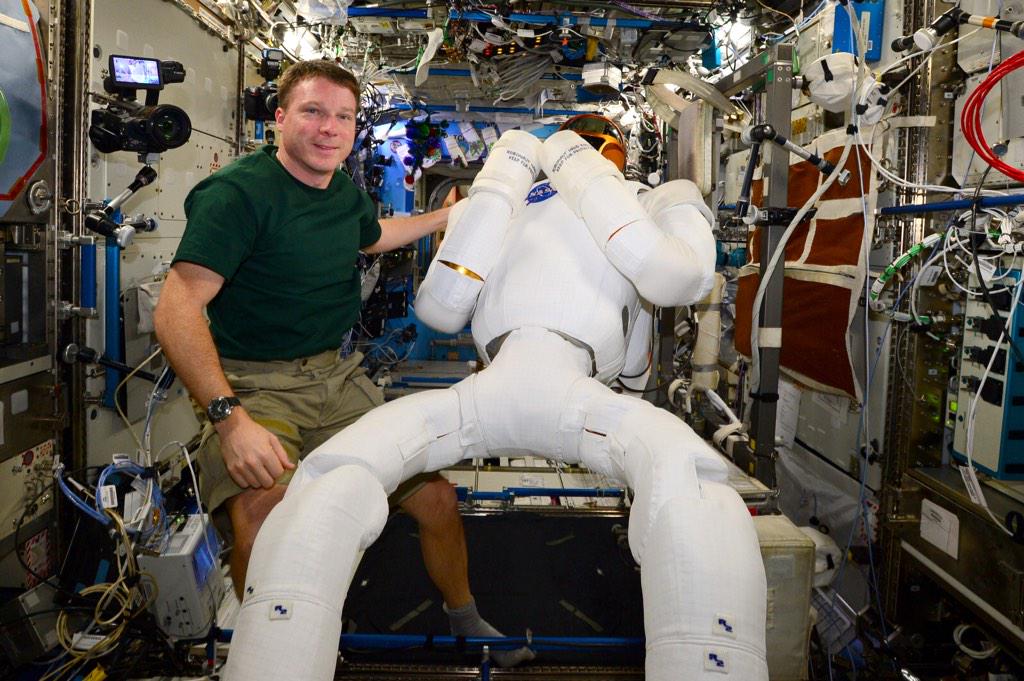As reported by PBS, the city of Burlington actually makes or obtains more power than it uses, and all derived from "green" sources. At a population of 42,000, Burlington is the most populous state in Vermont, all powered by renewable energy from Burlington Electric. Ken Dolan, a Burlington Electric worker, explained that this way, power is not only gathered and used in a safer manner than fossil fuels, but it is also cheaper in the long run as a means for the city to energize itself.
| The Winooski One hydroelectric plant uses water to turn turbines, creating energy. (Image courtesy thinkprogress.org.) |
The change to renewables is estimated to save the city $20 million dollars over the next two decades, and it's already helped make significant strides. Burlington's utility bill rates haven't risen since 2009.
The power itself is derived from several sources. About a third of it comes from burning biomass (in this case, salvaged scrap wood that is burned to heat steam and thus generate electricity.) Another 20% comes from wind turbines and solar power. Thanks to the rivers of snowy mountain runoff that power hydroelectric facilities, the majority of the energy is harvested from hydro (which spins giant underground turbines to generate electricity.)
| The J.C. McNeil power plant in Burlington, where biomass is converted to power. (Image courtesy vtdigger.org.) |
With Vermont relying deeply on nature to maintain their tourism (skiing and maple syrup are big moneymakers in the Green Mountain State), it's important to Vermonters to keep the environment happy. Using renewable energy sources keeps things pleasant for the natural world as well as the citizens' wallets. If their example can be extrapolated to larger areas in the country, we could be well on our way to improving conditions for all by kicking the fossil fuel habit for good.
| A few windmills in the mountain vista are worth not having to be reliant on fossil fuels. (Image courtesy revermont.com.) |







